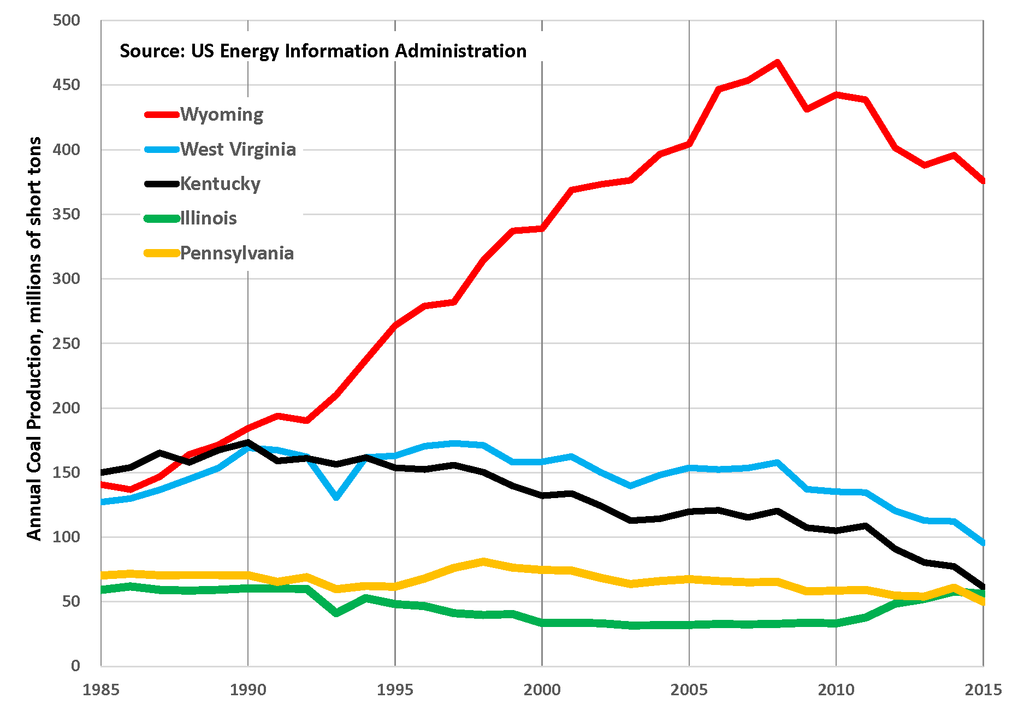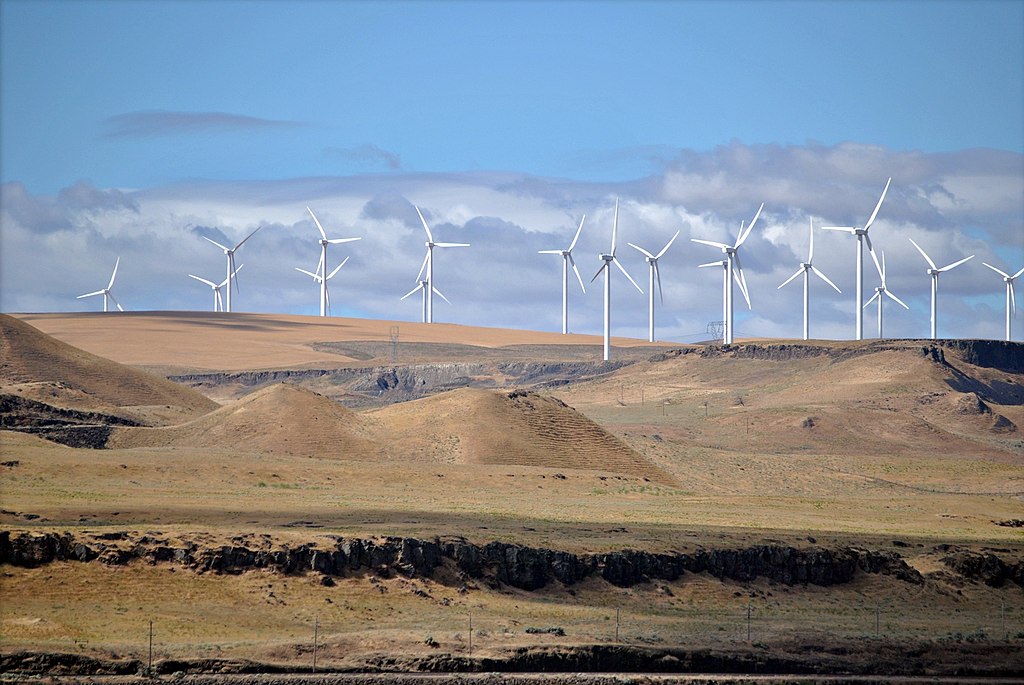During the second presidential debate on October 9, Republican presidential nominee (now President-Elect) Donald Trump claimed that “clean coal” could meet the energy needs of the United States for the next 1,000 years. Now that Mr. Trump will be in the position of making national energy policy, it’s worth examining that assertion.
First, does our nation really have 1,000 years’ worth of coal? No official agency thinks so. The U.S. Energy Information Administration estimates United States coal reserves at 477 billion short tons, a little over 500 years’ worth. But this calculation is probably highly misleading. A 2007 study by the National Academy of Sciences criticized the history of systematically inflated national coal reserves figures, while still allowing that, “there is probably sufficient coal to meet the nation’s coal needs for more than 100 years.” Still other studies ratchet that “100 years” down much further.

In 2009 I spent several months reviewing the available data and studies; the results were published as the book Blackout, which concluded that there is a strong “likelihood of [global coal] supply limits appearing relatively soon—within the next two decades.”
The U.S., China, Britain, and Germany have all already mined their best coal resources; what remains will be difficult and expensive to extract. Coal production from eastern states (West Virginia, Tennessee, Ohio, Pennsylvania) has been on the skids for decades as a result of the depletion of economically minable reserves. The focus of the industry’s efforts has therefore largely shifted to Wyoming, but production there is now waning as well. A 2009 study by Clean Energy Action, a citizen group in Boulder, Colorado, confirmed that Wyoming and Montana hold a large portion of remaining U.S. coal reserves, but also concluded that 94 percent of reserves claimed by the mining industry and the U.S. Energy Information Agency are too expensive to extract. It’s probably safe to say that there are sufficient supplies of coal there and in the rest of the U.S. to permit mining to continue for decades into the future—but only at a declining rate.
In short, from a supply standpoint alone, the idea of 1,000 years of coal—enough to supply all of our energy needs for a millennium—is so exaggerated as to be laughable.
Does attaching the word “clean” to the word “coal” somehow change that picture? Hardly. For years, Americans have seen billboards and TV commercials touting “clean coal,” while politicians on both sides of the aisle have extolled its promise. The technology to capture carbon emissions from coal-fired power plants has been tried and tested. Yet today almost none of the nation’s coal-fueled electricity-generating plants are “clean.”

Why the delay? The biggest problem for “clean coal” is that the economics don’t work. Carbon capture and storage (CCS) is extremely expensive. That gives the power industry little incentive to implement it in the absence of a substantial carbon tax.
Why would implementing CCS be so expensive? To start, capturing and storing the carbon from coal combustion is estimated to consume 25 percent to 45 percent of the power produced, depending on the approach taken. That translates to not only higher prices for coal-generated electricity but also the need for more power plants to serve the same customer base. Other technologies designed to make carbon capture more efficient aren’t commercial at this point, and their full costs are unknown.
And there’s more. Capturing and burying just 38 percent of the carbon released from current U.S. coal combustion would entail pipelines, compressors and pumps on a scale equivalent to the size of the nation’s oil industry. And while bolting CCS technology onto existing power plants is possible, it is inefficient. A new generation of plants would do the job much better—but that means replacing roughly 600 current-generation power plants.
Altogether, the Energy Department estimates that wholesale electricity prices with the initial generation of CCS technology would be 70 percent to 80 percent higher than current coal-based power—which is already uncompetitive with natural gas, wind, or even new solar PV installations.

The price per kilowatt-hour of electricity produced from solar and wind power is steadily dropping, with no bottom in sight. The only thing that keeps coal-based electricity even in the ballpark of prices for renewable energy sources is the industry’s ability to shift coal’s hidden costs—environmental and health damage—onto society at large. If climate regulations eventually kick in and the coal power industry adopts CCS as a survival strategy, the task of hiding from the market the real and mounting costs of coal can only grow more daunting.
The problem is that coal just isn’t “clean.” CCS won’t banish high rates of lung disease, because it doesn’t eliminate all the pollutants from the combustion process or deal with the coal dust from mining and transport. It also doesn’t address the environmental devastation of “mountaintop removal” mining.
By the time we transitioned the nation’s fleet of coal-burning power plants to CCS (which would take three or four decades), the nation’s coal production would be supply-constrained as a result of ongoing depletion. Let’s face it: the coal industry is dying. If Mr. Trump wants to put the industry on life support by subsidizing it somehow, he will only delay the inevitable, while spending money uselessly to do so.
In all likelihood, our real future lies elsewhere—with distributed renewable energy and a planned substantial reduction in overall energy usage through efficiency measures and a redesign of the economy. The inevitable transition away from fossil fuels will constitute a big job, and it only gets bigger, harder, and more costly the longer we delay it. Claiming that it makes sense to return to coal at this late date is delusional for economic as well as environmental reasons.


